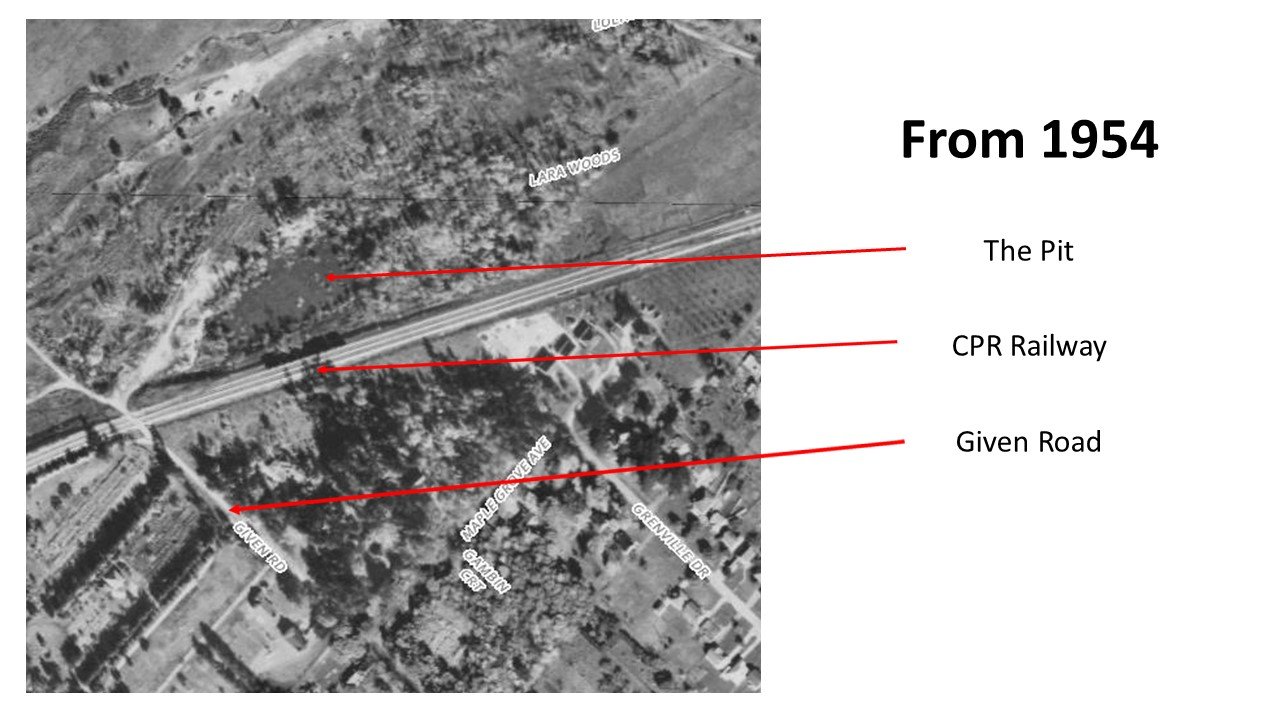Mississauga Memories by Harry Grenville Duff
/Editor’s note: Harry Grenville Duff (1929-1994) had deep roots in Mississauga, having been born in the area that was first settled by his great-great-great grandfather, Daniel Harris. He was descended from other early families in the Cooksville area, including the Jackson, Pallett, Pinkney, Shook and Walterhouse families, amongst others. Harry spent his entire life in Cooksville, living for over 40 years on a street that carries his family name – Grenville Street. Harry was very involved with the Halton-Peel Branch of Ontario Ancestors (formerly Ontario Genealogical Society) and was keenly interested in the history of people and place. He wrote numerous articles over the years. After his passing, his widow Jan compiled many of Harry’s articles and stories into a publication called Cooksville: Do You Remember – A Collection of Memories by Harry Grenville Duff (1995). Jan remarked that “Harry lived, breathed and loved Cooksville.” It was her hope that new residents of the community would find Harry’s memories an interesting way to connect with the history of their new home. What follows is an excerpt from the publication of Harry’s memories from the chapter entitled “Cooksville: The Pit, North of the Tracks on Given Road.” For more of Harry's memories of Cooksville, please see the publication Cooksville: Do You Remember.
Harry Grenville Duff
Sometime in the 1850’s, the Credit Valley Railway pushed its way through Cooksville on its way west. In the area that we now know as “Mississauga Valley”, a great deal of fill was needed for the rail bed on its approaches to Cooksville Creek. Good fill was located nearby in the form of high- grade gravel on Jonathan Dunn’s property. When the approaches were completed, Dunn was left with a new hole about 3 acres in extent, just north of the railway right of way. Although what he sold was good gravel, there must have been a clay layer close beneath, because the rain started to make a pond of his hole. Soon there was a new local phenomenon to be known as the “Gravel Pit”, later shortened to “the Pit”, and still later to “the Raft Pond”.
It was a wonderful place to explore. As with any natural swampy area, there was a tremendous variety of wildlife. At the time of the spring melt, it would be 3 feet deep. During the dry summer months, it would slowly evaporate until, by the end of August, it would be a large puddle, probably only a few inches deep. Then in the fall November rains would fill it again to prepare for the upcoming hockey season.
In my time the Pit was pretty well surrounded by trees, mostly willows and poplars, which added another dimension to our enjoyment. Many of these trees grew in flooded land and inevitably fell in tangles when their roots could no longer support them. On a summer day we could walk through the hot, humid, swampy atmosphere in the mottled shadow of sparse trees, and scare up a most satisfactory variety of wildlife. Rabbits, pheasants, groundhogs, bluebirds, crows, ducks, thrushes, bats – all added their bit to the enjoyment of the search. And add to that little edge of enjoyment, it was almost impossible to make it home without wet feet.
The Pit, Cooksville, c1940
Immediately after the pussywillow season, the raft building season would begin. May 24 was the day to try out the new rafts. There was an unwritten agreement between boys and mothers that on May 24 it was OK to get soaked. Although the rafts had already been secretly test-run, this was the big test. For some unstated reason, any raft on the high seas of the Pit was fair game for battering by any other raft. By 8:30 that evening, there would always be about 2 fewer rafts, quite a bit of debris, and many soaked pirates.
Most of the Cooksville frog population lived in or near the Pit. Shy in the daytime in the early part of the year, they would emerge at sundown and sing their hearts out, vying with crickets for the loudest place. You could enjoy this until about midnight, when it seemed they all went to bed. The frog concentration attracted some very serious predators. Herons, ducks, snakes and even the occasional fox thought the Pit was a great place – the best summer restaurant in Cooksville!
As the summer wore on and the water level dropped, the frog and second tadpole population would peak. Wading birds and hunters could be seen daily. But the water was becoming green, It became difficult to clean the mud and the disagreeable odour from shoes and pants, and hunters and pirates would move elsewhere to play.
1954 Aerial
Autumn rains would provide a regenerating effect and usually by Christmas, there was a new 3 acre sheet of ice, interspersed with a few willow brushes, just begging to be skated on. Shoveling snow at home was always a chore, but there was never a shortage of willing hands for clearing ice at the Pit. “Shinney hockey” and “just learnin’ ” were now the main pastimes. We skated both day and night. On a clear, cold night, skaters would just “drift in” to the Pit. Somehow a fire would get started and we would skate till our toes were frozen and sit by the fire until they were roasted. What a wonderful recollection! If, as a child, you haven’t skated on a cold winter’s night with only moonlight for illumination, and later sat around a bonfire for warmth and rest – you haven’t lived!
The circle I’ve just described repeated itself for 100 years in Cooksville. It stopped when we developed the land.













